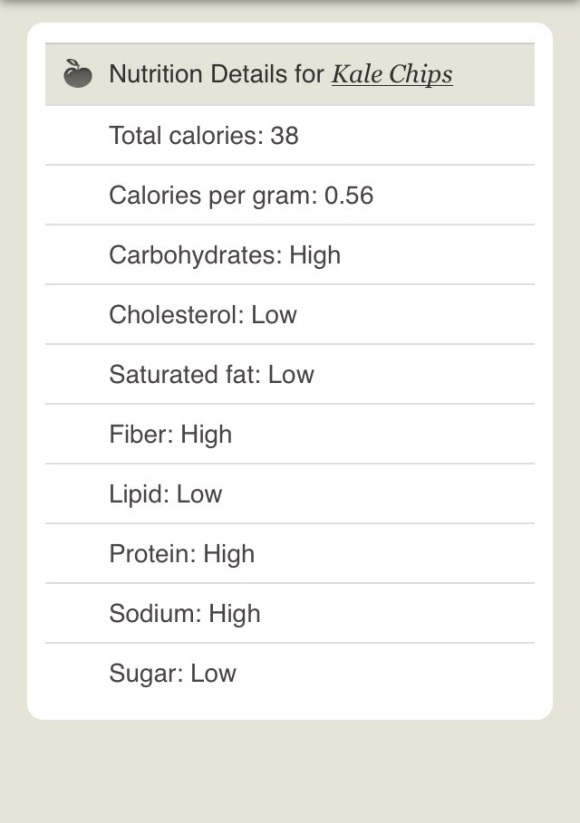Nutrition is such as vast and varied field that can be difficult to navigate even to find the most basic information. A simple search for just the basics often times leaves you more confused than before you started. This section will try to breakdown the bare essentials of nutrition into palatable chunks (excuse the pun).
Nutrition can be defined as the process of nourishing oneself with food sources that we use to fuel the growth, repair and replacement of tissue. So basically it is the study of what we eat and how we use it to grow and live. All food can be classified as either a macronutrient or a micronutrient.
Macronutrients provide us with calories and come in three forms; carbohydrates, fats and proteins. Carbohydrates, in the form of simplex or complex sugars, are the body’s main energy source providing four calories per gram. Protein, which also provides four calories per gram, is broken down into amino acids which are the building blocks that we use to grow, repair and replace tissue. Fats, the most energy rich source of food providing nine calories per gram, play vital roles in hormones production, nerve conduction, organ protection and energy storage.
Most foods we eat contains a mixture of all three macronutrients. Due to their different roles as well as their different chemical compositions we require different percentages of each in an overall healthy diet. A very general recommendation is that 50-55% of your daily caloric intake come from carbohydrates, up to 25% come from fats and the remainder come from protein.
Micronutrients are vitamins and minerals and as the name suggests are only required in very small amounts. There are 13 vitamins and up to 16 minerals required by humans to maintain overall health. Both vitamins and minerals are essential for many vital functions including fighting infection, hormone production, maintenance of blood acid-alkaline balance, free radical neutralization and many others.
It is important to understand that they work together to perform these functions and a deficiency in one can lead to issues related to another. For example vitamin D helps with calcium absorption, so a vitamin D deficiency can lead to skeletal and bone strength issues.
There is one other extremely important substance that is neither a macro or micro nutirent but is vital to our existence – water. In it’s purest form water is simply two hydrogens molecules attached to one oxygen molecules but you cannot live more than a couple of days without it. Approximately two thirds of your bodyweight is water. It plays a role in practically every bodily function and is a major component of every living cell.
We constantly lose water through sweat, excreation and exhalation so it is important to replace this lost fluid as often as possible. We do get a certain amount of our dialy water needs from macronutrients but it is recommended that we consume approximately 0.5 oz for every 1lb of bodyweight daily.
